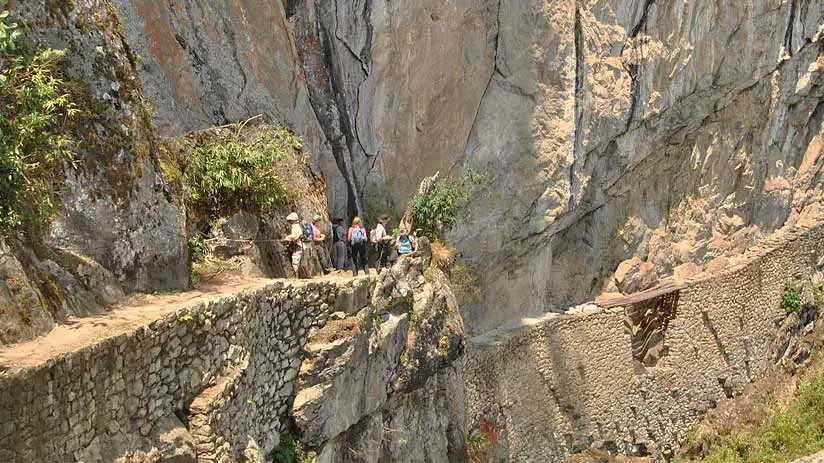If you are planning a trip to Peru and are curious about the ancient Inca civilization, this is the blog you were looking for. The Incas were one of the most advanced cultures in America, they left behind some impressive ruins. These ruins still capture the imagination of travelers and historians today.
Explore with Machu Travel Peru the Peruvian treasures, these ruins offer a unique insight into the ingenuity, culture, and history of the Inca people. Whether you are an avid adventurer, a history enthusiast or someone simply looking to connect with the past, exploring the Inca ruins is an unforgettable experience.
Discover the incredible Inca treasures of Peru
- Ollantaytambo
- Huayllabamba
- LLactapata
- Runkurakay
- Wiñay Wayna
- Sayacmarca
- Phuyupatamarca
- Sacsayhuaman
- Choquequirao
- Moray
- Tambo Colorado
- Pisac ruins
- Huaca Pucllana
- Pachacamac
- Qolqas of Pinkulluna
- Inti Punku of Cachicata
- Vilcabamba
- Waqrapukara
Ollantaytambo
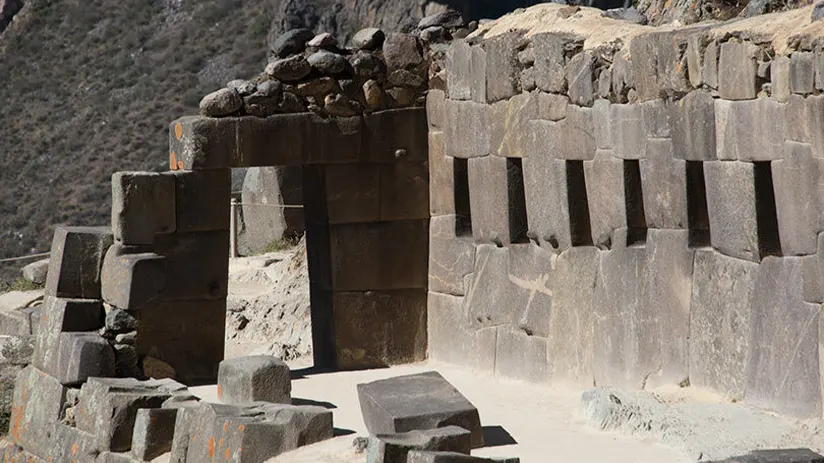
Ollantaytambo is a historic Inca town in the Sacred Valley of Peru. It is famous for its large stone terraces. The site once served as a royal estate and a stronghold during the Inca resistance against the Spanish. Visitors can explore its ancient streets and temples that have stood the test of time. The site offers impressive views over the valley and is a popular stop for travelers.
Huayllabamba
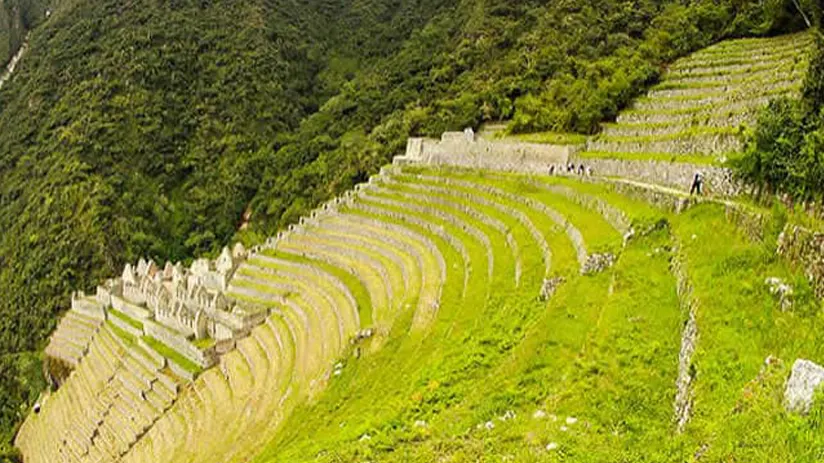
Located along the Inca Trail, Huayllabamba is a small village surrounded by the lush Andean mountains. This is the first campsite for trekkers going to Machu Picchu. It has a calm atmosphere and stunning views of nature.
The village remains a traditional farming community, where locals practice ancient agricultural methods. Its location makes it an ideal rest stop on the trek to the lost city.
LLactapata
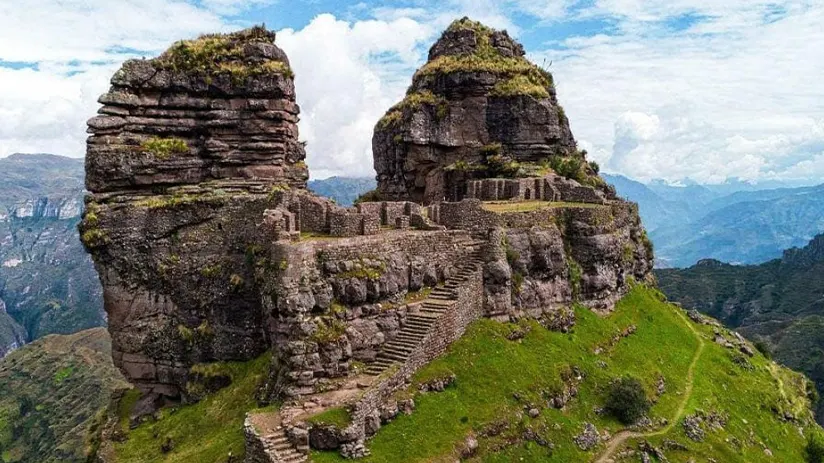
LLactapata is an Inca site high in the mountains, offering stunning views of the valley below. It was part of the vast network of settlements used by the Incas, possibly a rest stop for travelers on their journeys. The site includes agricultural terraces and stone structures, many of which remain in good condition.
LLactapata is in a remote location. This adds to its mysterious charm. It is a hidden gem for people exploring the Inca Trail.
Runkurakay
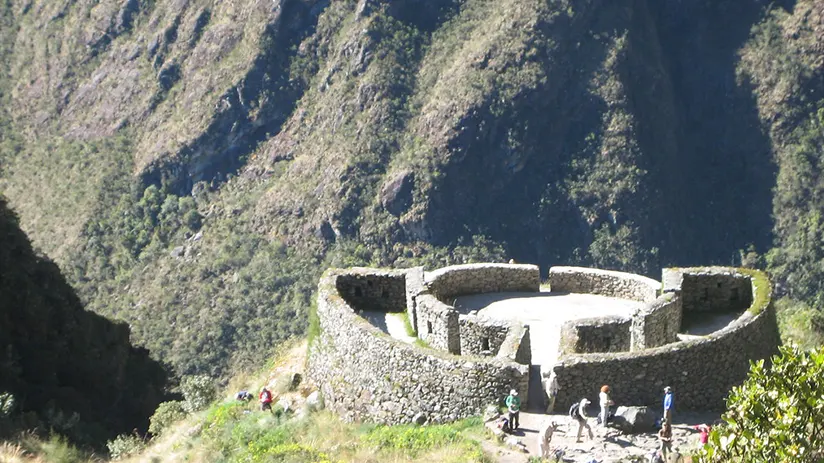
Runkurakay is a circular Inca ruin perched on a hilltop along the Inca Trail, the best trekking in Peru. Travelers likely used the structure as a resting place, enjoying sweeping views of the surrounding valleys. The ruins are unique in their shape, which gives Runkurakay its name, meaning “round place” in Quechua. Its strategic location and intact stonework make it a fascinating stop for trekkers heading toward Machu Picchu.
Wiñay Wayna
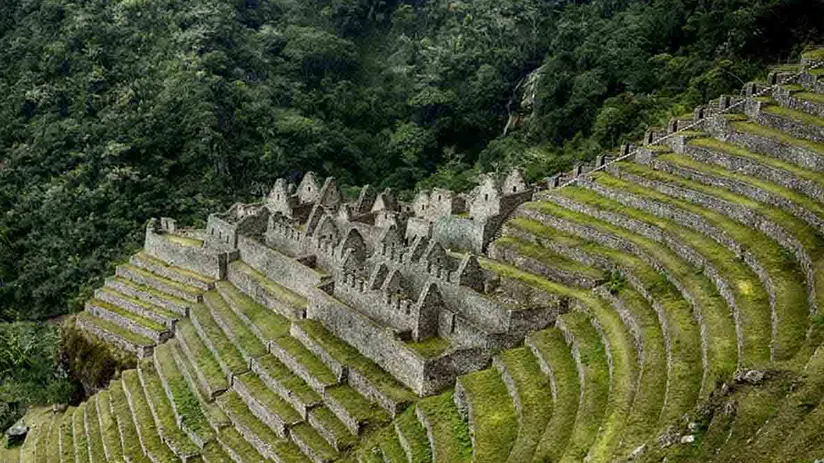
Wiñay Wayna is an Inca site located just below the final stretch of the Inca Trail, the best. It is known for its beautiful farming terraces and impressive stone buildings. It is one of the best places to stop on the way to the mysteries of Machu Picchu. The site, meaning “forever young” in Quechua, offers spectacular views of the surrounding mountains and valleys. It is a place where travelers can marvel at Inca engineering amidst breathtaking natural beauty.
Sayacmarca
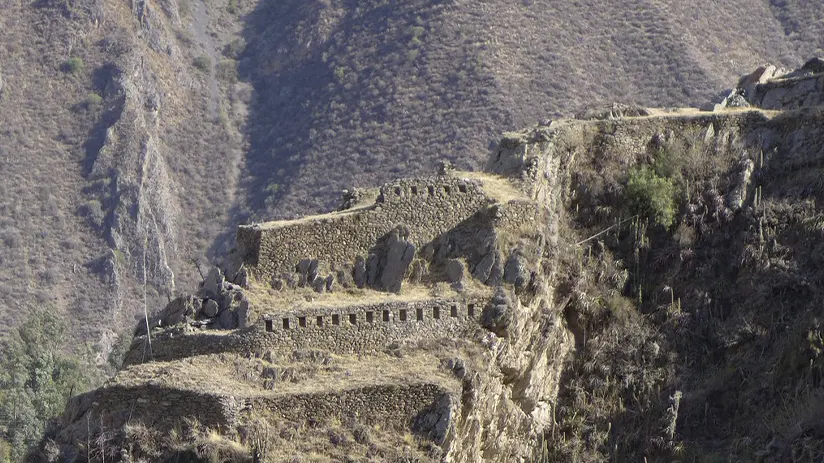
Sayacmarca is an Inca archaeological site situated high in the mountains along the Inca Trail. The site, which translates to “inaccessible town”, features well-preserved stone structures and offers stunning views of the valley below. Sayacmarca is a strategic location, likely built for both defensive and ceremonial purposes. The ruins offer insight into Inca architecture and their ability to adapt to the challenging Andean terrain.
Phuyupatamarca
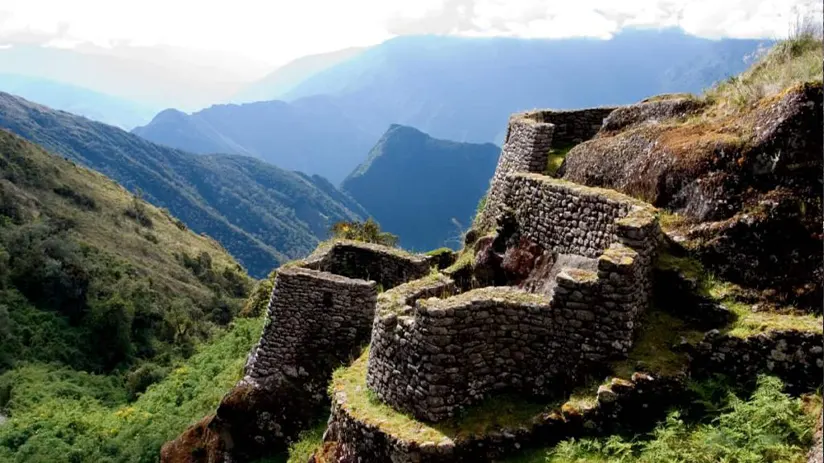
Phuyupatamarca, also known as the “city in the clouds”, is a remarkable Inca site perched at high altitudes. This well-preserved archaeological site has detailed stonework and terraces. It also includes a series of baths that might have been used for ceremonies.
The site has great views of the Sacred Valley. It is one of the most beautiful stops on the Inca Trail. Many trekkers consider it a highlight.
Sacsayhuaman
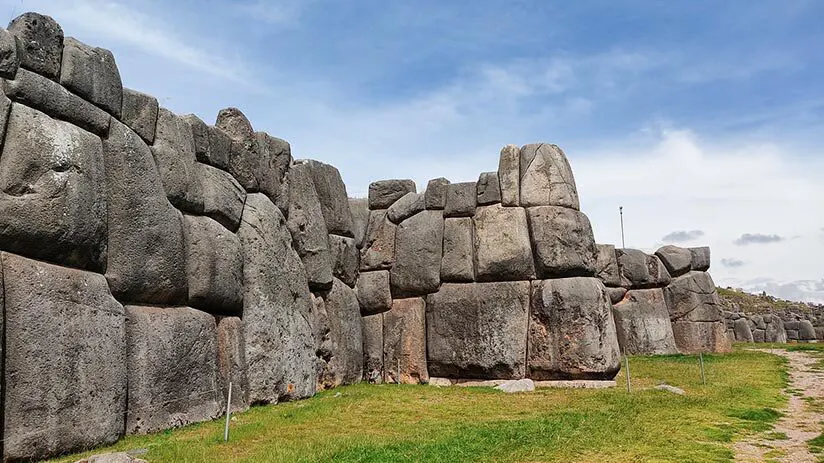
Sacsayhuaman is an ancient fortress located on a hilltop overlooking Cusco. The site is famous for its huge stones. Some of these stones weigh over 100 tons. This shows the advanced engineering skills of the Incas.
It was a significant military and ceremonial center during the Inca Empire. Today, it is a major archaeological site, offering visitors a chance to explore its impressive ruins and learn about Inca history.
Choquequirao
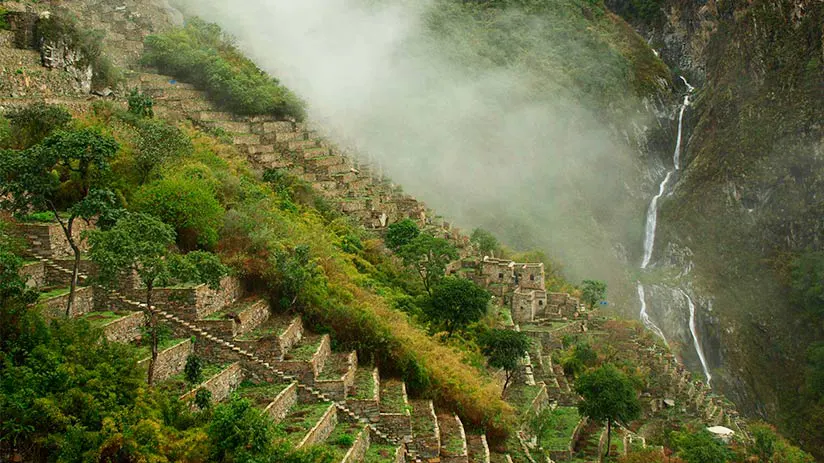
Choquequirao, often called the “sister city” of Machu Picchu, is a remote Inca site located in the Apurímac Valley. Despite its relative inaccessibility, Choquequirao remains an impressive example of Inca architecture, featuring extensive terraces, plazas, and ceremonial structures.
The site gets fewer visitors than Machu Picchu. This allows for a more peaceful and immersive experience in Inca history and culture. Its breathtaking surroundings add to its mystique.
Moray
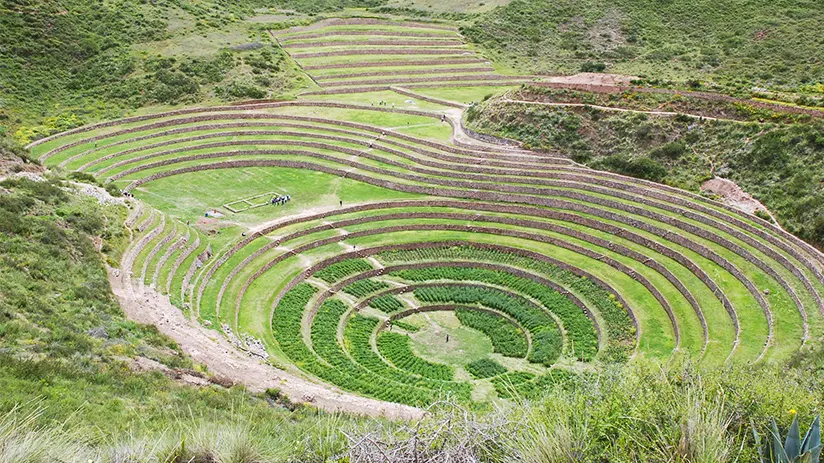
Moray, an extraordinary Inca site, features concentric circular terraces that likely served for agricultural experimentation. These terraces, designed to create microclimates, provided the Incas with the opportunity to test crops in different temperature zones. The site’s unique design continues to intrigue archaeologists and visitors alike. Moray is a fascinating example of Inca ingenuity in the field of agriculture.
Tambo Colorado
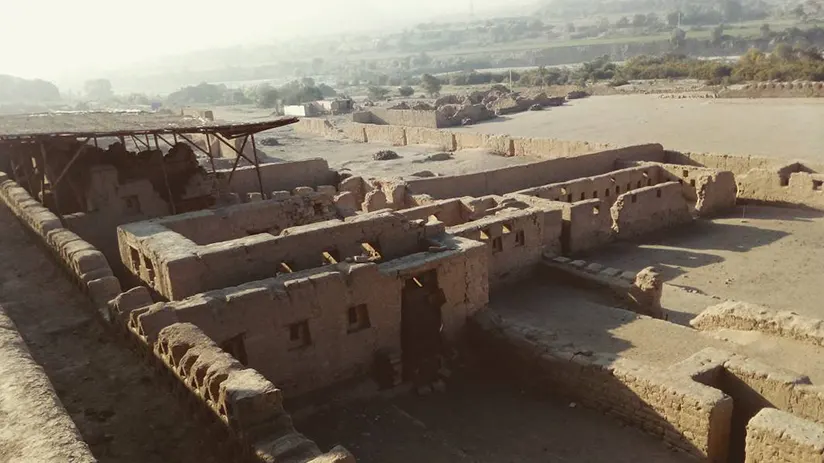
Tambo Colorado is a well-preserved Inca site located in the Pisco Valley. The site, built primarily from adobe, was likely an administrative and military center. The red-painted walls of the ruins give the site its name, which means red resting place.
Visitors can explore the impressive courtyards, temples, and storage rooms. They can learn about the daily life of the Incas during their empire’s peak.
Pisac ruins
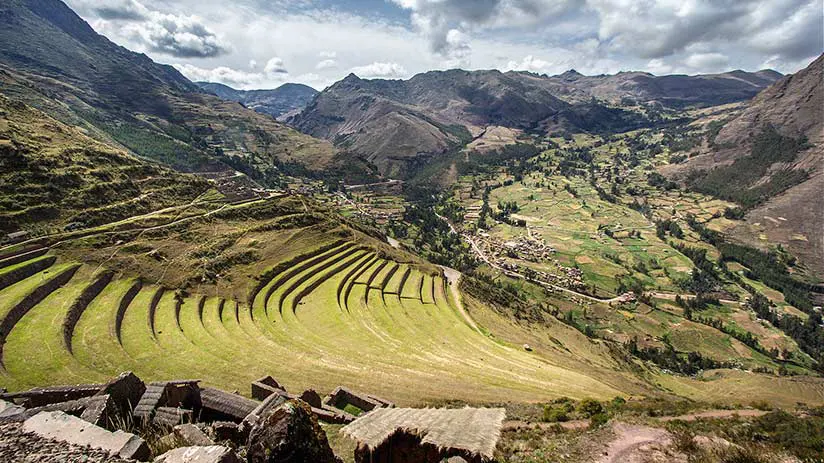
The hilltop overlooks the town of Pisac and hosts the Pisac ruins in the Sacred Valley. The site has many agricultural terraces, temples, and ceremonial buildings. This makes it one of the most important Inca sites in the area.
Pisac was not only a religious center but also a strategic location for controlling the valley. The ruins provide beautiful views of the nearby mountains and the town below. This makes it a popular spot for visitors.
Huaca Pucllana
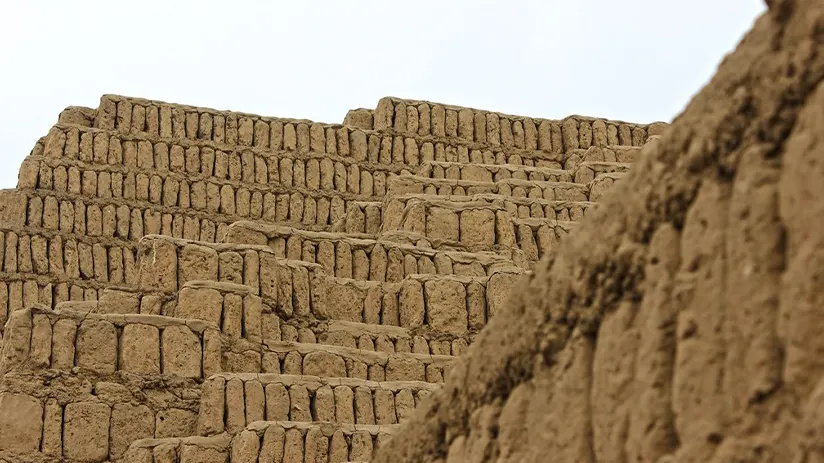
Huaca Pucllana is a pre-Inca archaeological site located in the heart of Lima, Peru. The site is a large adobe pyramid built by the Lima culture around 500 AD.
Huaca Pucllana was used for religious and ceremonial events. Its ruins show a lot about the social structure and rituals of ancient coastal civilizations. Today, the site offers visitors a chance to explore the ancient history of Lima through guided tours and exhibits.
Pachacamac
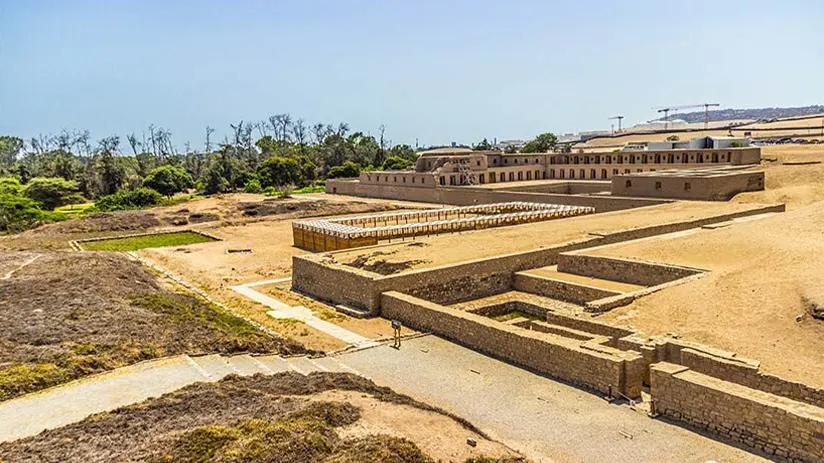
Pachacamac is a significant religious site located on the coast of Peru, near Lima. The site was dedicated to the god Pachacamac, who was believed to be the creator of the world.
Pilgrims from across the Inca Empire traveled to Pachacamac to pay homage to this deity. The site features a large temple, ceremonial plazas, and expansive views of the Pacific Ocean. It offers a fascinating glimpse into the spiritual practices of pre-Inca and Inca cultures.
Qolqas of Pinkulluna
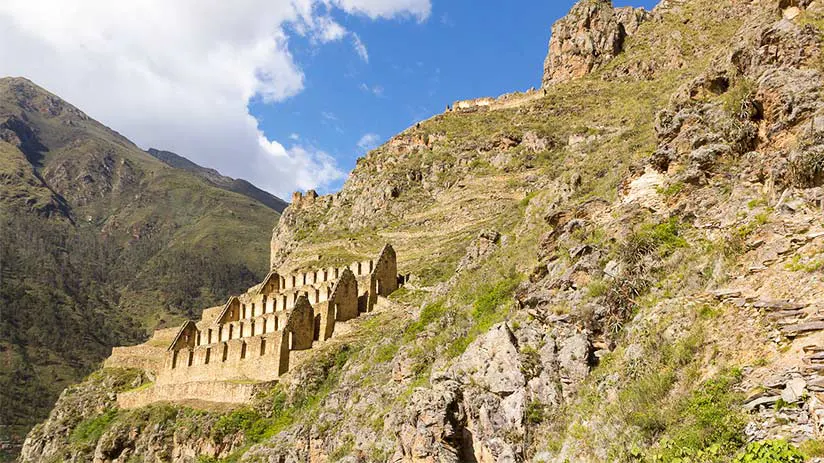
The Qolqas of Pinkulluna are a series of Inca storage buildings located near Ollantaytambo. The Inca empire used these structures, carved into the mountainside, to store food and other supplies. The site highlights the sophisticated agricultural and logistical systems of the Incas, allowing them to store and distribute goods throughout their vast empire. The Qolqas are an important example of Inca ingenuity in managing resources.
Inti Punku
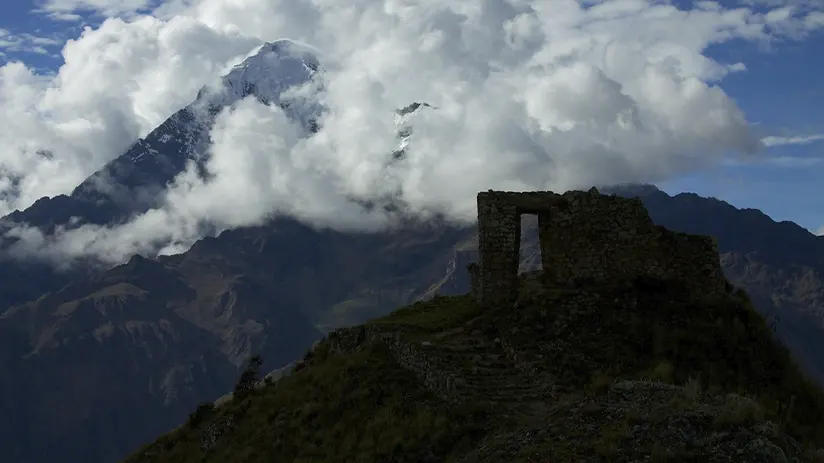
Inti Punku, the Sun Gate, is one of the most iconic spots on the Inca Trail, offering stunning views of Machu Picchu from above. Many people consider the site the traditional entrance to the sacred city, and it holds spiritual significance. Nearby, Cachicata is an Inca quarry where large stones were cut for construction projects, including the walls of Ollantaytambo. These sites showcase the impressive engineering and craftsmanship of the Incas.
Vilcabamba
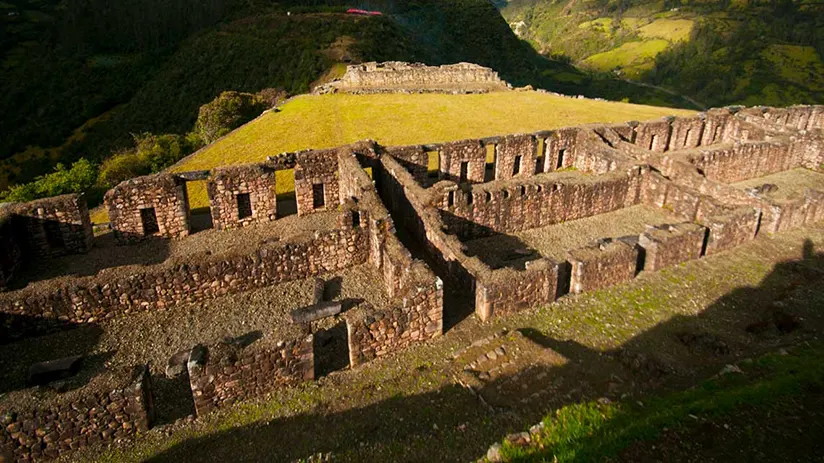
Vilcabamba was the last capital of the Inca Empire before the Spanish conquest. Located in a remote part of the Andes, the site served as a refuge for Inca leaders fleeing from Spanish forces.
Much of Vilcabamba is still hidden in the thick jungle. However, it is an important historical site. It gives us insight into the last years of the Inca Empire and the Inca Gods. Today, the area is a popular destination for those looking to explore the wilderness and ancient ruins.
Waqrapukara

Waqrapukara is a lesser-known Inca archaeological site located in the remote highlands of Peru. The name, meaning “horned fortress”, refers to the distinctive shape of the surrounding landscape.
The site includes impressive stone structures, ceremonial areas, and terraces. Waqrapukara provides a unique experience for people who want to learn about Inca history. It is a hidden gem in the Andes.
“LIVE WITH NO EXCUSES AND TRAVEL NO REGRETS”
The Inca ruins are a must in Peru. If you have the time, we believe you will be able to appreciate these Titanic ruins from a different perspective. If you want to know more about the private tours of Machu Travel Peru, you can consult with our advisors.
Peru has so much to offer, it can be hard to know where to start. With many years of experience in the tourism sector, Machu Travel Peru is happy to help with anything regarding your trip to Machu Picchu and any tours around it. Make your Machu Picchu experience an unforgettable one!
